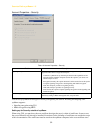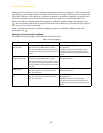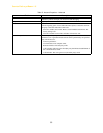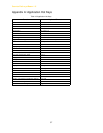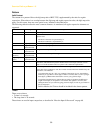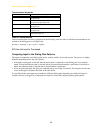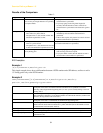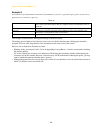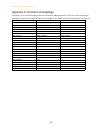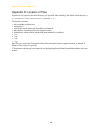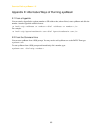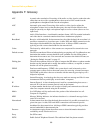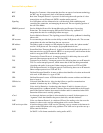
CounterPath eyeBeam 1.5
62
Example 3
#1xxxxxxxT|#19xxxxxxx|xxxxxxxT|9xxxxxxx|;match=1;prestrip=2;pre=9;match=2;
prestrip=2;match=3;pre=9;
This example assumes that the dialing plan belongs to the first account.
The dialing plan is slightly trivial, because it does not cover all the situations that a dialing plan should be
designed for (local calls, long-distance calls, international calls, and so on for the locale).
However, the example does illustrate two ideas:
• Handling of the account prefix (#1), if you are upgrading from eyeBeam 1.1 and are accustomed to entering
the account number.
Use of # to identify the account is now deprecated. The dialing plan should be capable of determining the
account to use for this number. However, since users may still be in the habit of entering the prefix, you may
want to include this pattern to handle such a scenario.
• Distinguishing between a local seven-digit call in which 9 is not dialed (to access an outside line) and one in
which 9 is dialed to access an outside line.
Table 18:
#1xxxxxxxT The pattern is a dialing prefix followed by seven digits. The timer forces eyeBeam to wait to
allow a match to the second pattern. The #1 is stripped off and 9 is prepended to access an
outside line.
#19xxxxxxx The pattern is a dialing prefix followed by a 9 and seven digits. The #1 is stripped off.
xxxxxxxT The pattern is seven digits. The timer forces eyeBeam to wait to allow matching to the
fourth pattern. 9 is prepended to access an outside line.
9xxxxxxx The pattern is a 9 and seven digits. The input is not transformed.



